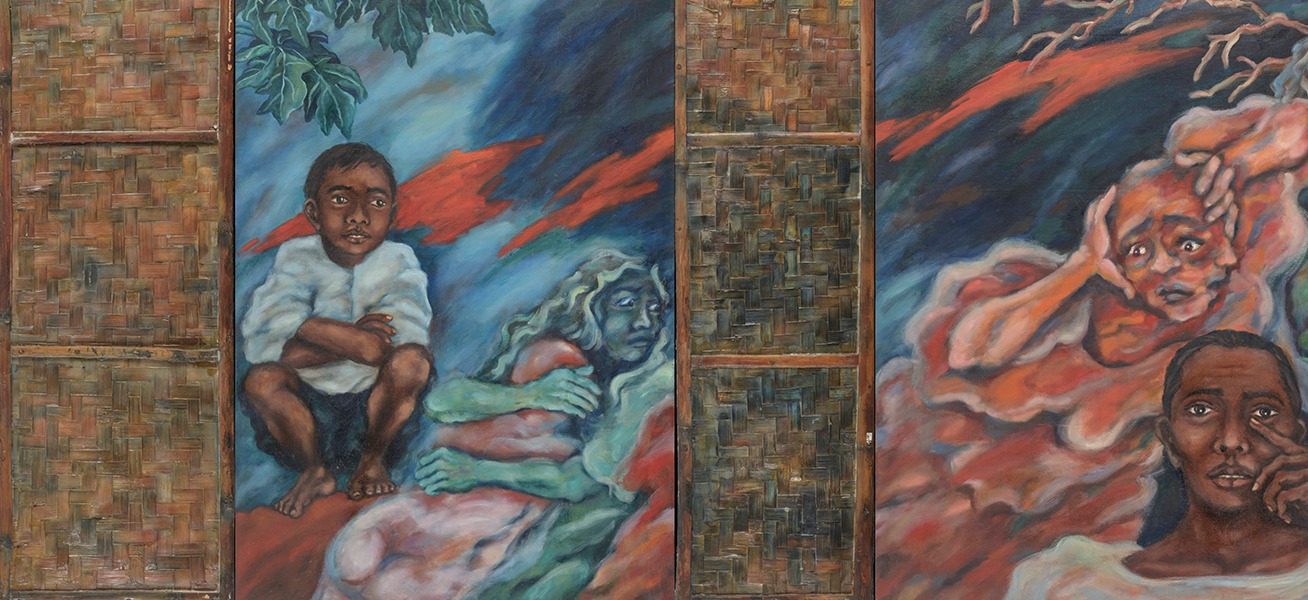
NEW YORK
08 May - 21 June 2025
08 May - 21 June 2025
Imelda Cajipe Endaya
There is Still a Tomorrow, Mother
Silverlens, New York
Pioneering feminist artist Imelda Cajipe Endaya stages her first solo exhibition in the U.S. in nearly 20 years, 'There is Still a Tomorrow, Mother,' curated by Eugenie Tsai at Silverlens New York. The show features works spanning from 1982 to 2023, and captures what the artist has focused on for nearly half a century: the role of Filipino women through the arc of history.

NEW YORK
08 May - 21 June 2025
08 May - 21 June 2025
Poklong Anading
deep in the shallows, afloat in the depths (lumalalim sa kababawan, lumulutang sa kalaliman)
Silverlens, New York
In the Silverlens New York Viewing Room, conceptualist Poklong Anading presents 'deep in the shallows, afloat in the depths (lumalalim sa kababawan, lumulutang sa kalaliman).' Marking the artist’s first U.S. solo exhibition, the show features a new sculpture and video installation that reflects on humanity’s impact on marine ecosystems and the possibilities of both damage and renewal.